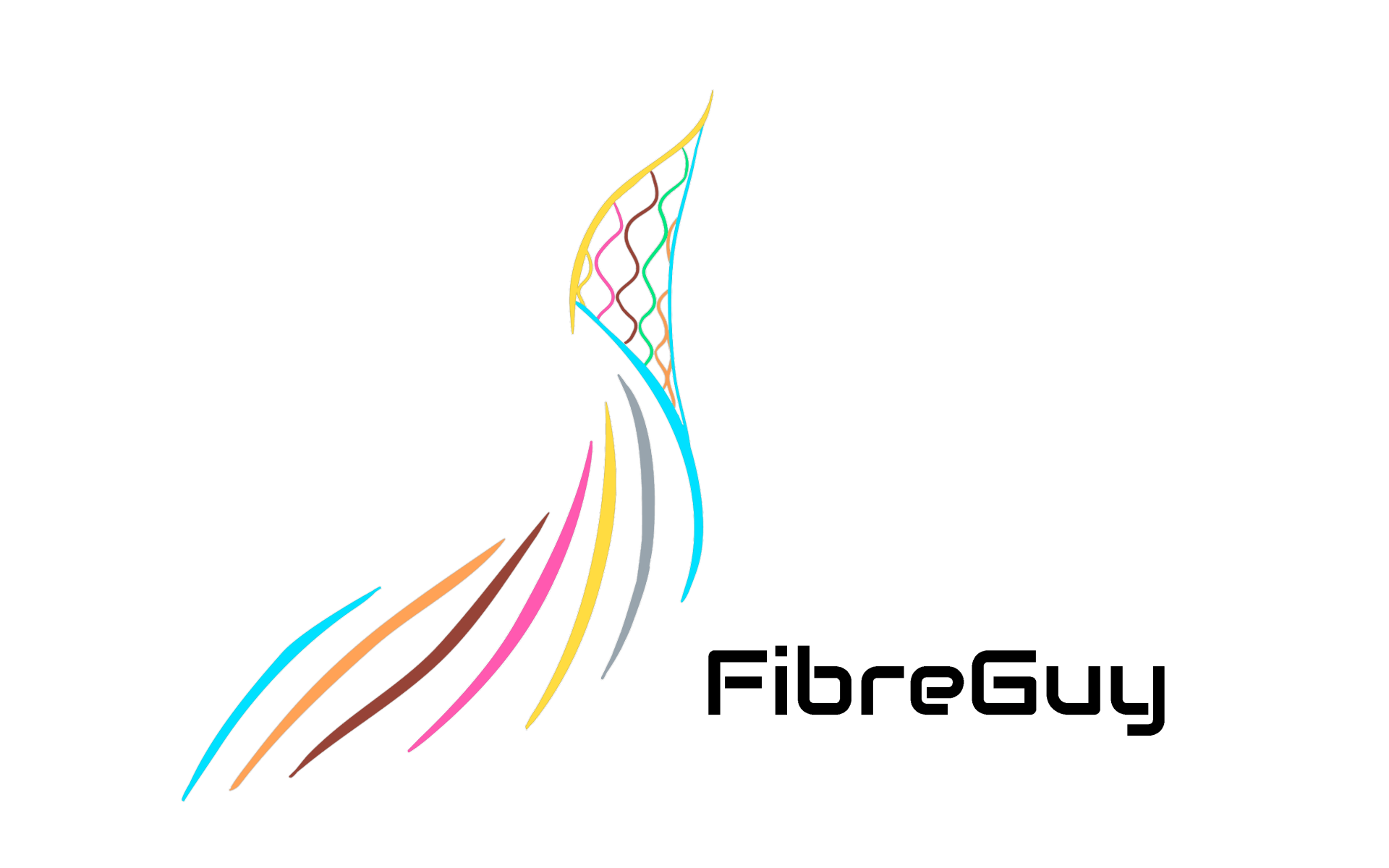In Building Wireless
The case for IBW
About 80% of cellular traffic is generated indoors. But indoor cellular coverage and capacity have remained limited over the years.
Cellular networks can reach indoor locations from macro stations, with the signal coming through walls and windows. But this is an expensive and inefficient way to deliver in-building connectivity. It also leads to coverage gaps in the inner core of many large buildings.
Most wireless traffic to mobile devices is carried over indoor Wi-Fi networks. Because Wi-Fi uses unlicensed spectrum and is widely adopted, it is a cost-effective choice for high-capacity traffic.
Moreover, those who manage the building (residential users, enterprises, or venue owners) can easily buy, operate and control the network. But Wi-Fi alone cannot support all the indoor connectivity needs of enterprises and venues.
To meet the rapidly growing need for in-building connectivity, venues and enterprises must accelerate the deployment of in-building wireless (IBW) infrastructure because of the advantages it brings. Depending on the location, IBW requires a mix of Wi‑Fi, distributed antenna systems (DAS) and small cells.
Small cells are particularly well suited to smaller locations, where DAS is too complex and expensive, but they can also be used in large venues.
5G, IoT and recent spectrum allocations for private networks make small cells affordable for enterprises and venue owners and easier for them to deploy, offering the potential to improve indoor cellular connectivity in buildings of all sizes.
We offer IBW deployment services. Please call us to find out more. You can reach us at 6475043266

